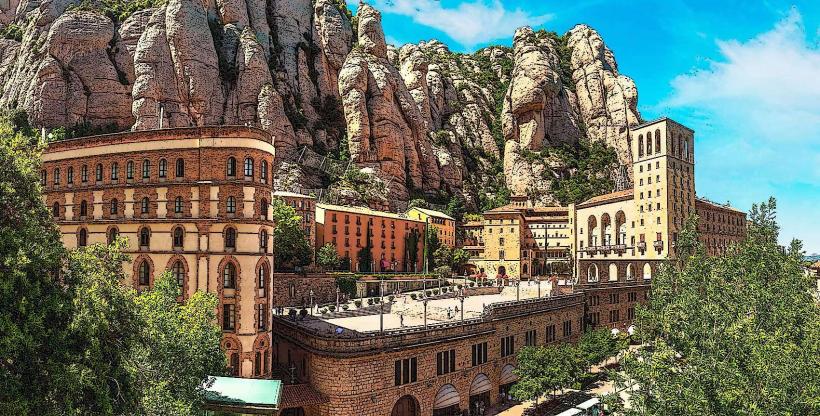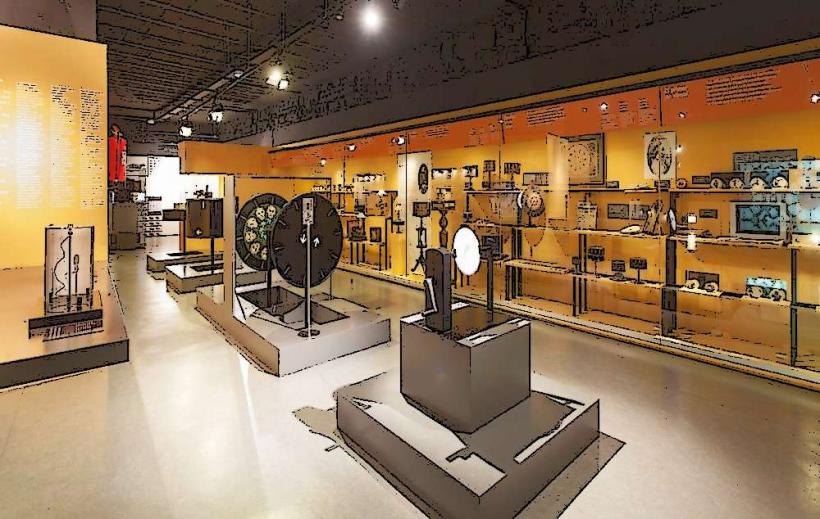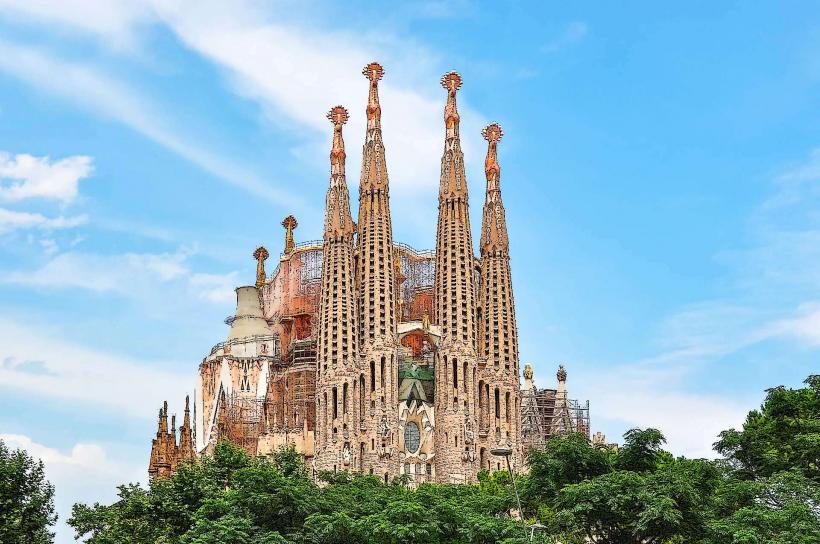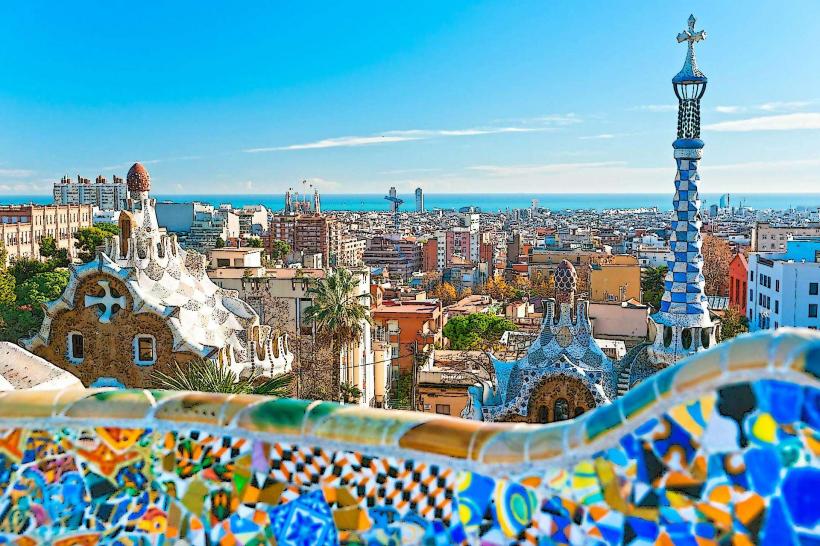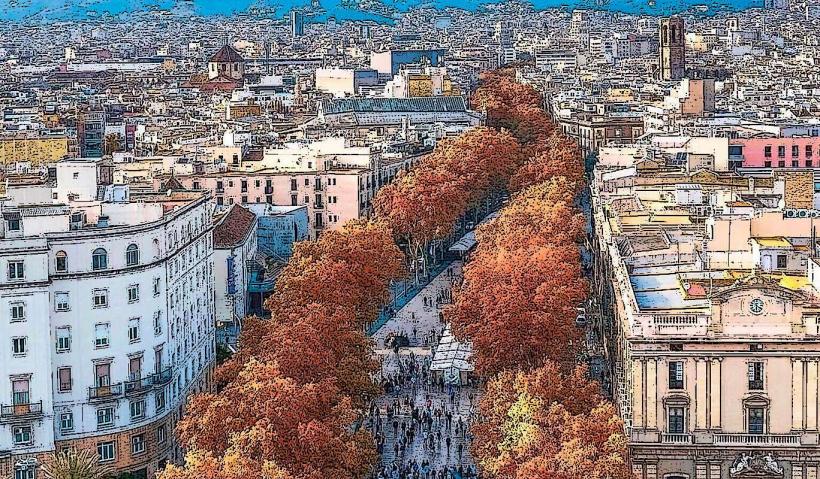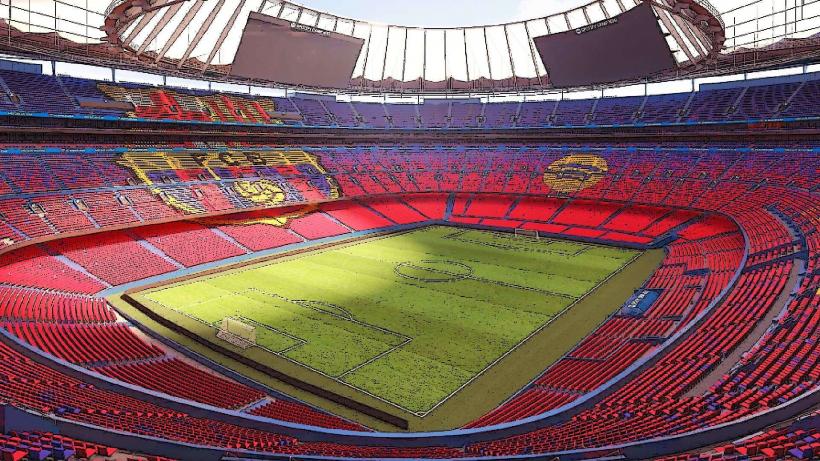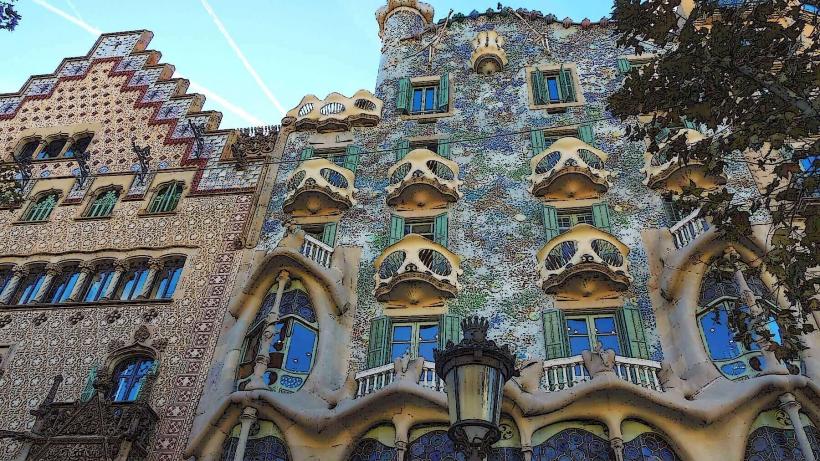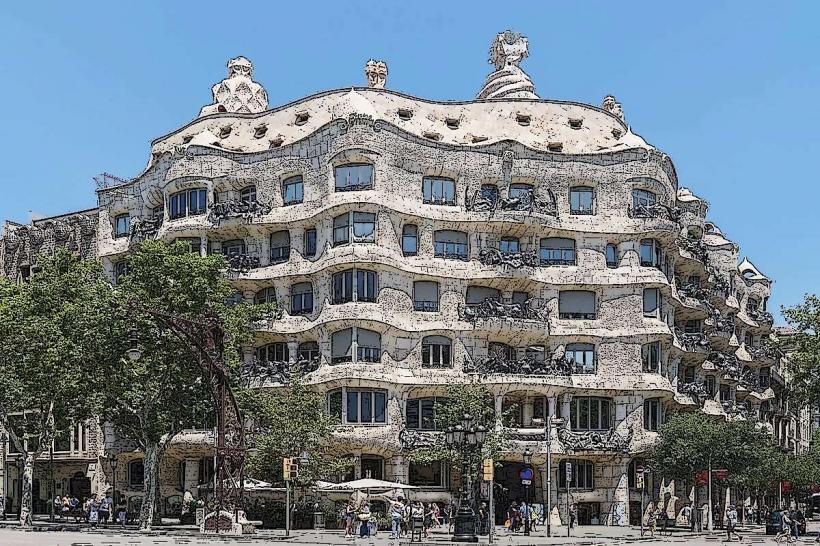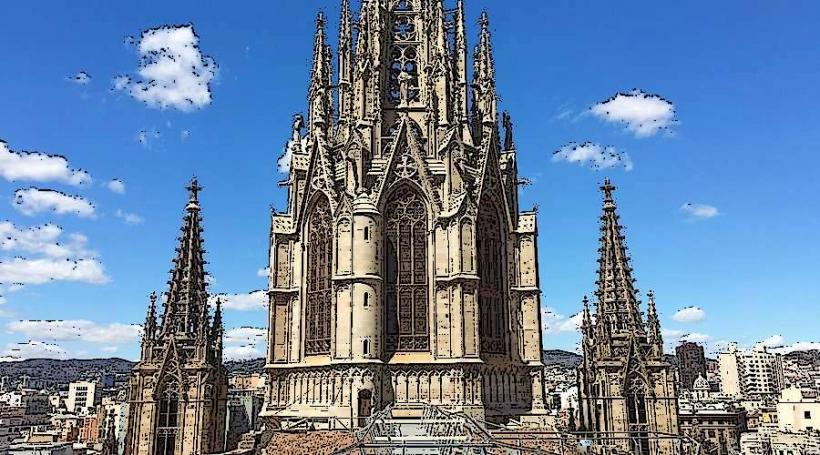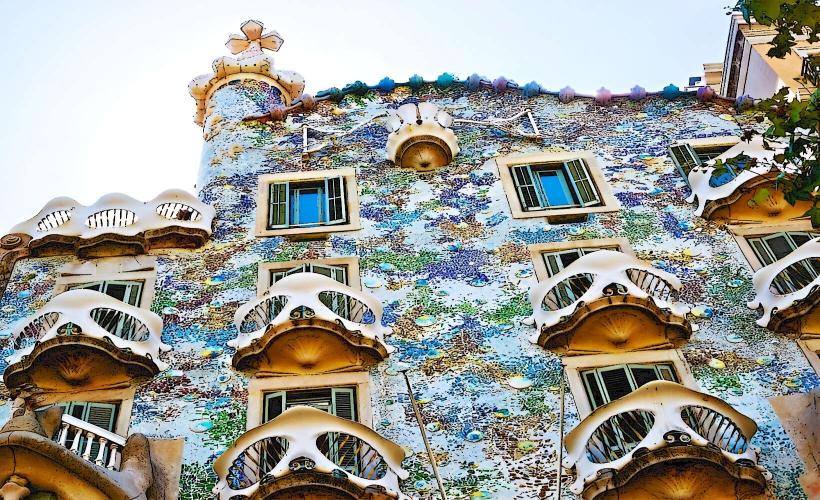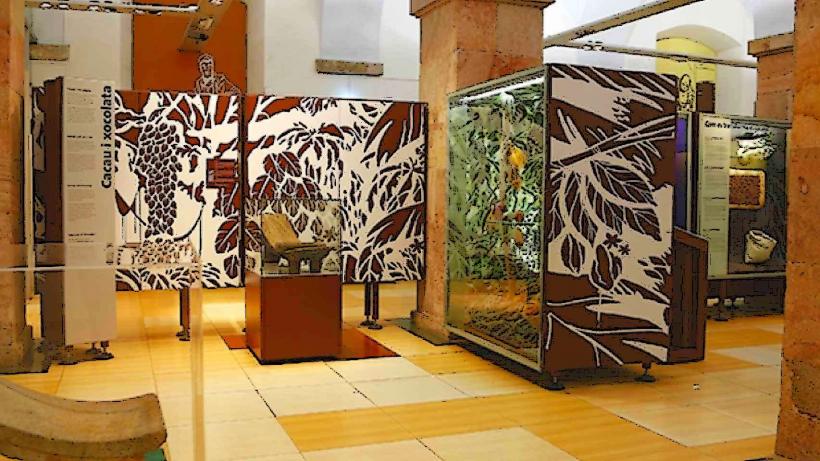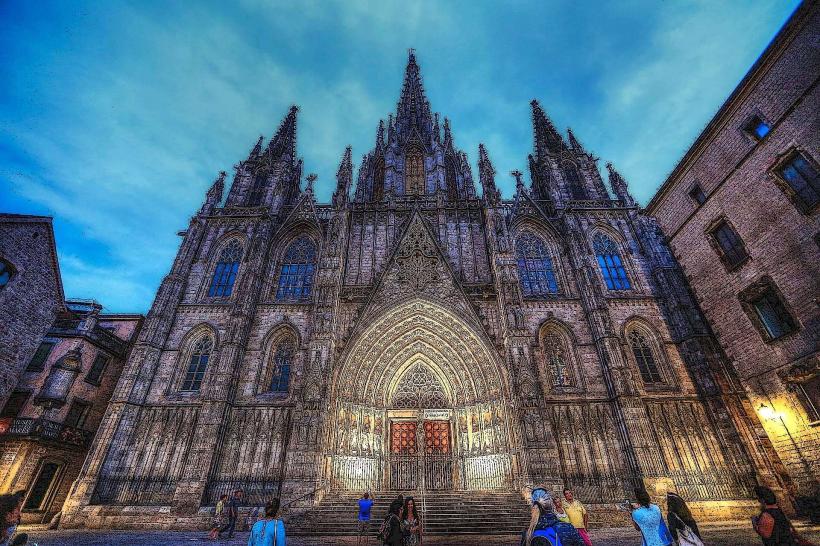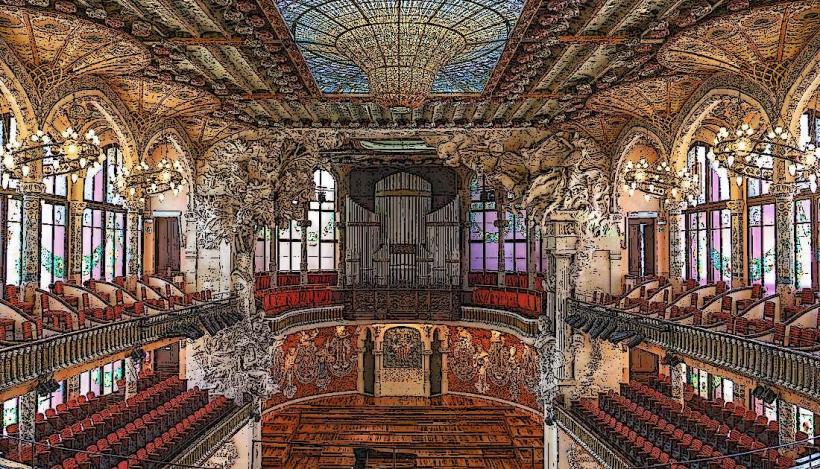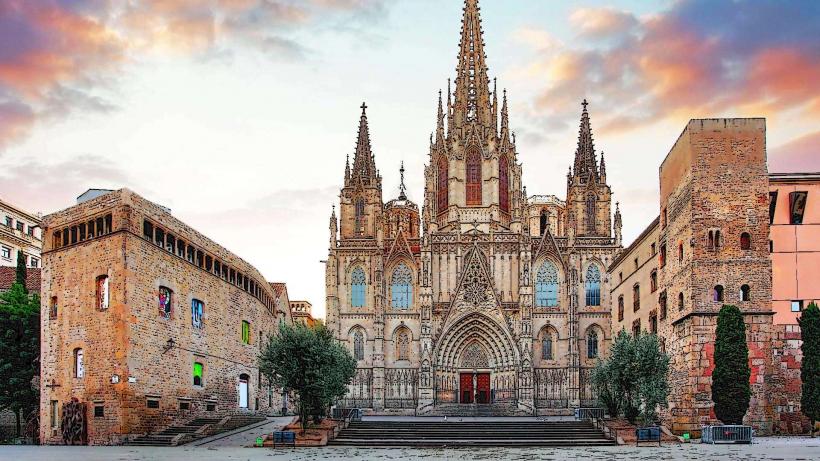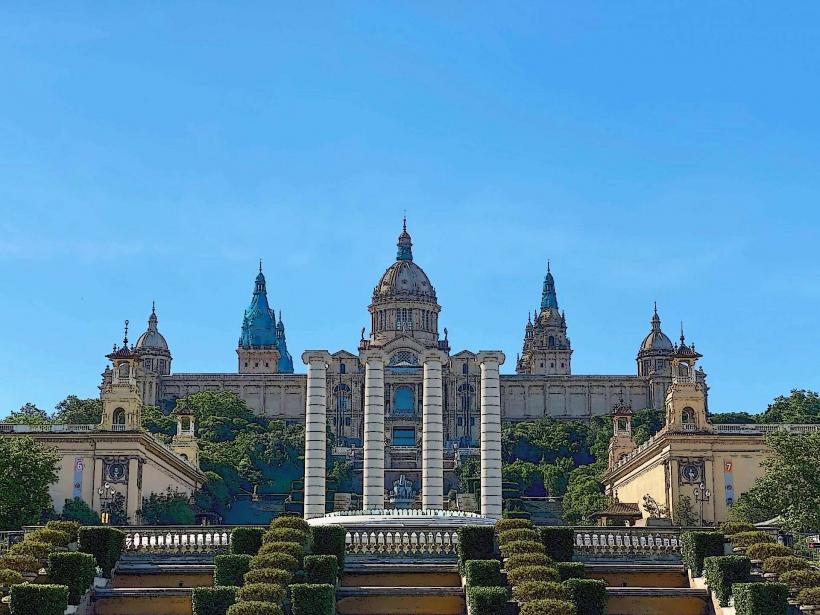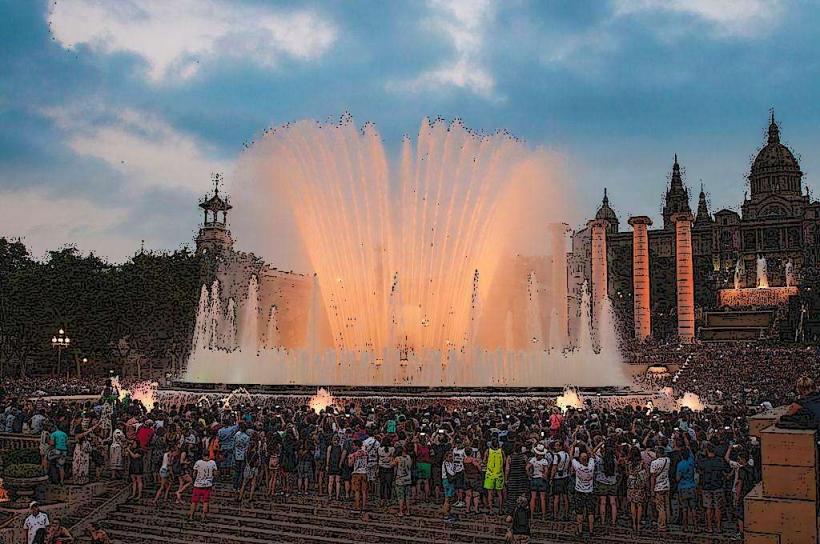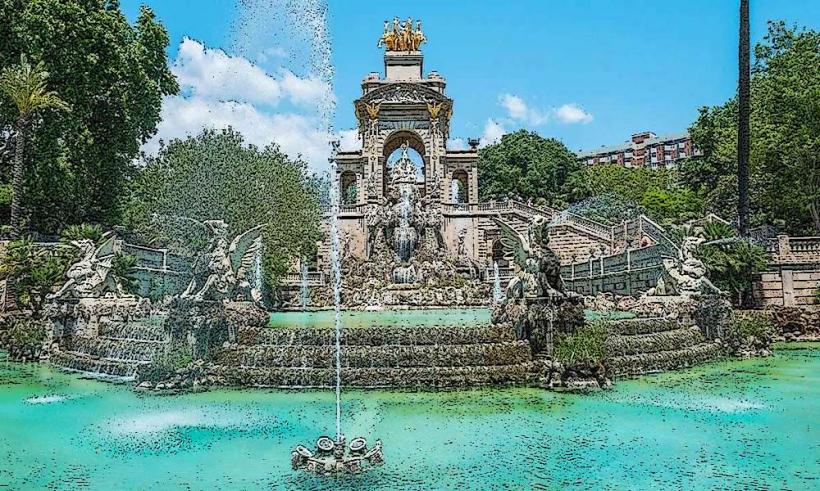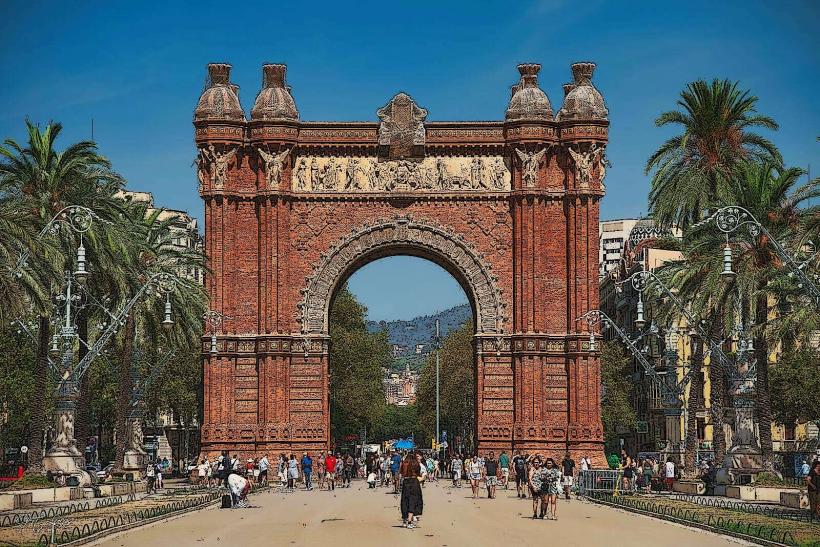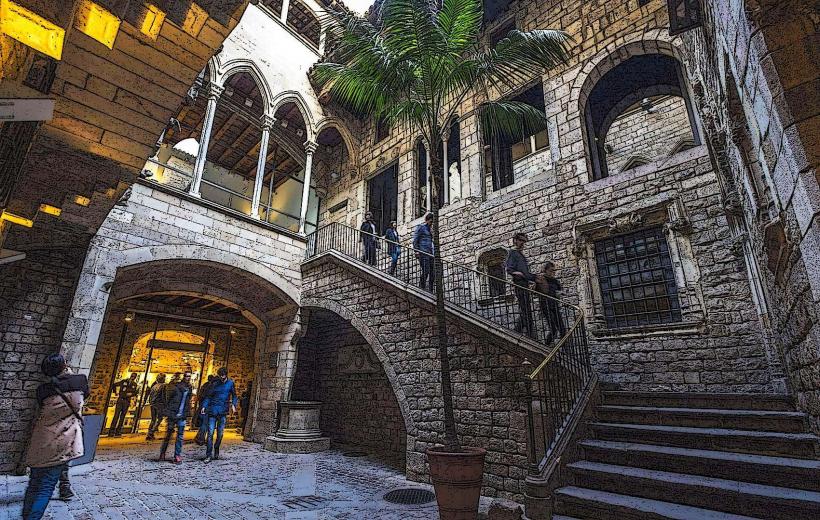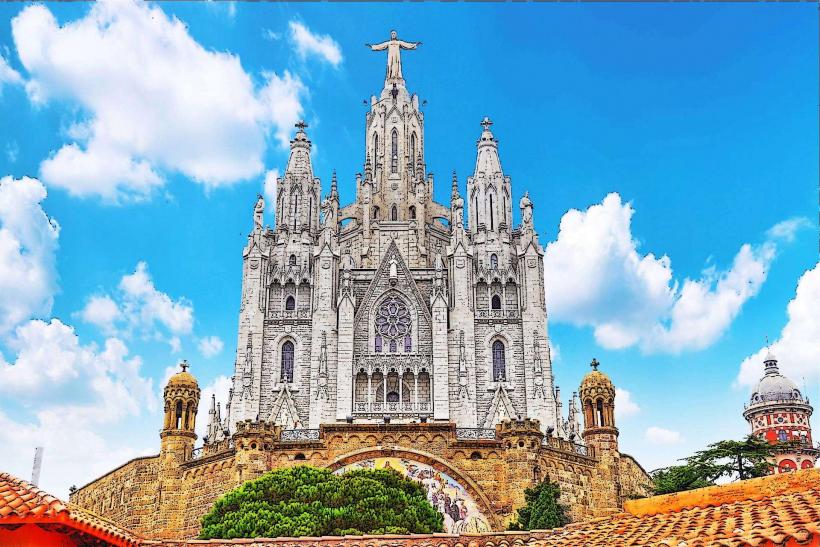Information
Landmark: Parque de la CiudadelaCity: Barcelona
Country: Spain
Continent: Europe
Parque de la Ciutadella (Citadel Park) is one of Barcelona's most beloved green spaces, offering a combination of natural beauty, historical significance, and cultural attractions. Located in the El Born district, it covers over 17 hectares (42 acres) and serves as an urban oasis for both locals and visitors. The park is easily accessible and is a popular destination for a variety of outdoor activities, from picnics and strolls to boat rides and cultural visits.
Historical Background
The park’s history is deeply intertwined with Barcelona’s growth and its military past. It was originally built as a military citadel in the mid-17th century by King Philip IV after the Catalan Revolt (also known as the Reapers’ War, 1640-1659). The citadel was constructed to serve as a fortress to control the city following the rebellion, and it was strategically placed near the Barceloneta and El Born areas, which were critical to Barcelona's defense.
In the 18th century, following the War of Spanish Succession (1701-1714), the citadel remained a key military stronghold. However, in the 19th century, after the Demolition of the Walls of Barcelona (1854), the citadel was dismantled to make way for the expansion of the city. It was transformed into a public park for the 1859 Universal Exposition (World's Fair), with the aim of beautifying the area and creating a public green space for all to enjoy.
Notable Features of Parque de la Ciutadella
1. The Cascada Monumental (Monumental Waterfall)
One of the park's most iconic features is the Cascada Monumental, a grand waterfall and fountain designed by architect Josep Fontsère in collaboration with a young Antoni Gaudí, who contributed to the decorative elements. Completed in 1881, this impressive structure is a blend of Baroque and Rococo styles. The waterfall is adorned with sculptures of mythological figures, and water cascades down a series of terraces, creating a tranquil and picturesque setting.
The fountain is framed by statues of nymphs, tritons, and other figures that are part of the elaborate design. At the top, there is a chariot drawn by four horses, with the figure of Cibeles, the goddess of fertility, sitting in the chariot. The waterfall is one of the most photographed spots in the park, and its lush surroundings make it a peaceful retreat.
2. The Castell dels Tres Dragons (Castle of the Three Dragons)
Another important feature of the park is the Castell dels Tres Dragons, a striking building built in 1888 to house an exhibition at the Barcelona Universal Exposition. Designed by Lluís Domènech i Montaner, a leading figure of Modernisme (Catalan Art Nouveau), the castle is a Neo-Gothic structure with turrets and decorative stonework. It is one of the finest examples of Modernist architecture in Barcelona.
Today, the building is home to the Museu de la Zoologia (Museum of Zoology), which houses a range of exhibits related to the animal kingdom, although its collections have been reduced in recent years. The castle's distinctive design and its historical significance make it a prominent feature of the park.
3. The Lake and Boating
A serene lake is located in the southern part of the park, where visitors can rent small pedal boats and enjoy a relaxing ride around the water. The lake is surrounded by lush greenery, and its peaceful atmosphere makes it one of the park's most popular areas, especially on warm days. Visitors can paddle on the lake while enjoying views of the surrounding landscape, including the Cascada Monumental and the nearby museums and gardens.
4. The Zoo of Barcelona
The Barcelona Zoo is located within the park and is another major attraction. Founded in 1892, it is home to over 2,000 animals from more than 300 species, including rare and endangered species. The zoo offers educational programs and is a family-friendly attraction, making it a popular spot for children and animal lovers.
The zoo is divided into different themed areas, such as the Savannah and Tropical Forest, with exhibits showcasing animals from various parts of the world. Notable animals in the zoo include gorillas, lions, tigers, pandas, and flamingos. The zoo also focuses on animal conservation and research, with several ongoing initiatives aimed at protecting endangered species.
5. The Museu d'Historia de la Ciutat (Museum of the History of the City)
The Museu d'Historia de la Ciutat is located in the Palau de la Ciutadella, a historical building within the park that was originally the military headquarters of the citadel. The museum traces the history of Barcelona from its ancient Roman roots through to the modern era, offering insight into the city’s development and cultural evolution.
The museum features a wide range of exhibits, including archaeological artifacts, Roman mosaics, medieval sculptures, and art from the Renaissance period. One of the museum's most famous attractions is the Roman ruins of Barcino, which are displayed in the basement of the building and include Roman walls, baths, and mosaics.
6. The Park's Green Spaces and Gardens
Parque de la Ciutadella is also known for its expansive green spaces, perfect for leisurely walks, jogs, or picnics. The park is home to a variety of trees, including palm trees, eucalyptus, and cypress trees, creating a mix of shady spots and sunny lawns.
Ornamental Gardens: There are beautifully landscaped flower beds and ornamental gardens, which add color and fragrance to the park. These gardens offer a perfect place to relax, read, or enjoy a snack.
Open Spaces for Recreation: The park is often filled with locals enjoying outdoor activities such as cycling, skating, yoga, or simply lounging in the grass. The large open spaces also make it an ideal location for festivals, outdoor concerts, and cultural events throughout the year.
7. Cultural and Artistic Elements
The park is home to several sculptures and artworks, including statues of Catalan politicians, philosophers, and artists. One of the most famous is the statue of Ramon y Cajal, a pioneering Spanish neuroscientist, located near the main entrance.
The park's peaceful and artistic environment often attracts artists and musicians who perform or create art on its lawns and walkways, adding to its vibrant atmosphere.
Conclusion
Parque de la Ciutadella is a true gem in the heart of Barcelona, offering a blend of history, nature, and cultural significance. Whether you're interested in the park's historical roots as a military citadel, its stunning monuments like the Cascada Monumental, or its serene lakes and green spaces, the park is a must-visit destination for both relaxation and exploration. It’s an ideal place to escape the hustle and bustle of the city while enjoying some of Barcelona's most iconic attractions.

